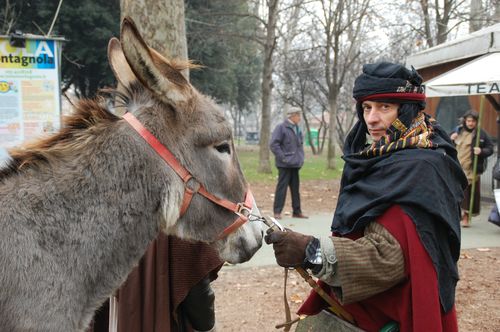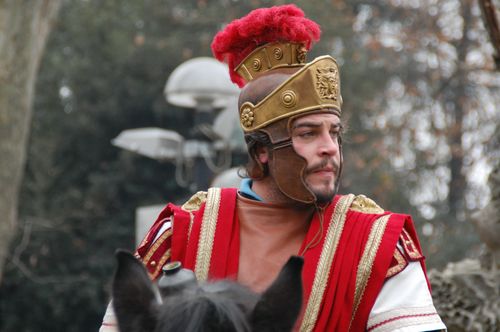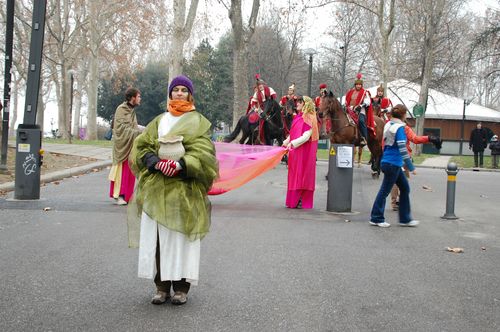Recently I watched Onir's new film, "Sorry Bhai". It touches on a taboo theme and it made me uncomfortable in parts. This post is about this film, as well as, about our taboos.
Relationship Taboos
Once I was chatting with an Italian friend. Somehow those discussions led to some talk about our first crushes. I suddenly remembered about the time in India when I had just started to go to university and how I had adored my cousin brother’s fiancee. “I used to think that she was the most beautiful girl in the world and even now, after almost forty years, I still feel that she is very beautiful”, I had said.
Perhaps it was something in my voice or my expression. My friend had laughed and asked, “So you were in love with her! And did you ever get intimate with her or was it just loving her from a distance and fantasising about getting into bed with her?”
Suddenly I was very angry and offended at her question. I had not answered her, suddenly deciding that it was late and I had to go.
“How dare she insinuate that my adoration was not pure and that there was any element of lust in my feelings for Bhabhi”, I had thought after saying goodbye to my friend, “these Europeans they can’t have any pure relationships, they need to dirty everything, nothing is sacred for them.”
Taboos in Sorry Bhai by Onir
I remembered this episode when yesterday I saw “Sorry Bhai”, the new film by Onir.
There were some scenes in the film, especially the love making scene between Sharman Joshi and Chitrangada Singh in the changing room of a clothes shop, which really disturbed me and I was squirming on my chair, trying to not to look at the film during those scenes.
There are many shades of a devar-bhabhi relationship that can vary from playfulness, and naughty banter to respect due to a mother. All the Ramleelas seen as a child probably contributed to this idea of a "sacred" relationship, so the strongest image of a bhabhi for me is defined by Sita-Lakshman relationship as described in Tulsi’s Ramayan.
Apart from Ramayan, I think that a number of old Hindi films have also helped in defining these ideas of devar-bhabhi relationships in my mind. An archetypical film in that sense can be “Bhabhi ki Chudiyan”.
“Sorry Bhai” is not the first film to explore the taboo areas of attraction and sex between devars (brother in laws) and bhabhis (sister in laws).
Some Other Bollywood Films That Touch on This Taboo
Two brothers or close friends falling in love with the same woman like in Sajaan, or younger brother falling in love with the ex-girl friend of his elder brother as in the recent Mehbooba, also touched on it. What kind of relationship exists between the brother who did not get the woman and his brother’s wife is usually left out from such films. In Mehbooba, the awkwardness is avoided by killing one of the brothers.
Other films that touched on this theme from another angle, have the younger brother marrying his widowed Bhabhi like in Silsale, where Amitabh is forced to marry Jaya, pregnant girlfriend of his elder brother Shashi Kapoor.
Another film that brought out this dilemma of a boy forced to marry marry a woman he has always looked as a surrogate mother in a more explicit way was Rajinder Singh Bedi’s "Ek Chadar Maili Si", where Rishi Kappor, asked to marry his widowed Bhabhi (Hema Malini) is horrified when elders of the village ask him. “You get married to your mothers”, he replies angrily.
It is true that in Sorry Bhai, the couple are shown as "not yet married" but they are supposed to be getting married in a week and the family has come especially from India for the marriage. Plus, it seems that the couple has been together for five years. So even if they are not married, in a family, the woman would be seen as a de-facto wife of the man she is going to marry.
In spite of this area of unease, I liked Sorry Bhai. I like films that provoke me, that make me think about forbidden areas of my own deepest thoughts. Often we tend to keep such forbidden areas buried deep down the conscious mind.
Actually there are also a number of Hindi films where brothers do lust after their Bhabhis and try to force themselves on them like the scene from Nagesh Kuknoor’s Dor, where the young brother tries to take advantage of recently widowed Ayasha Takia, but these are somehow more acceptable to us because in such films we tend to accept that men are beasts, they can’t control their sexual urges, while the women remain pure and resist such advances.
Other Aspects of Sorry Bhai
It is Sharman Joshi who makes the character of Sidharth Mathur, a younger brother falling for his future sister-in-law and trying to resist it, believable. I like Joshi, he is not a conventional Bollywood hero but very likeable and good actor.
However,
Sorry Bhai suffers from some weak characterizations in my opinion.
The elder brother, Harshwardhan’s character is the most superficially drawn and you never really understand his motivations and his way of thinking. Sanjay Suri, who plays this role, is not very convincing in the pub scene as drunk, but overall is good in this role, especially in the last emotional scenes. Sanjay Suri must be a nice serious guy and this trait seems to come out in all his roles.
Chitrangada looks wonderfully ravishing but a bit wooden in her interpretation of Aaliya. You never really understand how did she end up in Mauritius, it is not a country known for its higher education. However she makes up for such details by looking wonderful.
Perhaps they were all retired and didn’t need to go back to work? After Harsh postpones his marriage, they all decide to stay on in Mauritius without any explanation. Or perhaps it was the period of summer holidays? The same can be said for the last part of the film where it seems that they are all still living in Mauritius or perhaps it was a Mauritius looking Mumbai?
And why doesn’t Sidharth call his brother’s fiancee Bhabhi when he first meets her, as you would expect normal Indian younger
devars to do? It may be true that rich and the high class Indians are more westernized and they call each other by names rather than as
Bhabhis or
Bhaiyas but he does call his brother Bhai and never by his name, and he also seems a conventional boy willing to let his mother decide about his future wife!
So there are bits and pieces of the films that are not very logical but it is made up by wonderful looking Mauritius and great performances from the ever reliable Shabana Azmi and Boman Irani, and of course by Sharman Joshi. The music is good, especially
Jalte Hain and
Mere Khuda.
Onir is taking on all kinds of different subjects in his films. I had liked his "
My Brother Nikhil", though at that time I had thought that it had taken the idea and style from a Hollywood film
Jia, but had changed it by making it a man’s story in an intelligent way. I didn’t watch all of “
Bas ek pal”, I had seen bits and pieces of it during my stay in Guyana where it had seemed to be a favourite of the cable-walla. But I had liked those bits and pieces.
And now
Sorry Bhai - I think that this film could have been inspired by
Love according to Dan, but that is not so important since he does take only inspirations of the basic idea, does intelligent work on it and makes the subject his own. Most important, he does not go whole hog in copying something and then claiming creative ownership over it.
In any case, as people say about Mahabharat that all stories are already told there and all play-writes must copy or get inspiration from some where. What matters is how one deals with those ideas and Onir seems to do it quite well. I am sorry that the film got sidelined due to the Mumbai terror attacks. It must have been hard on all those persons who had worked on the film.
***




































